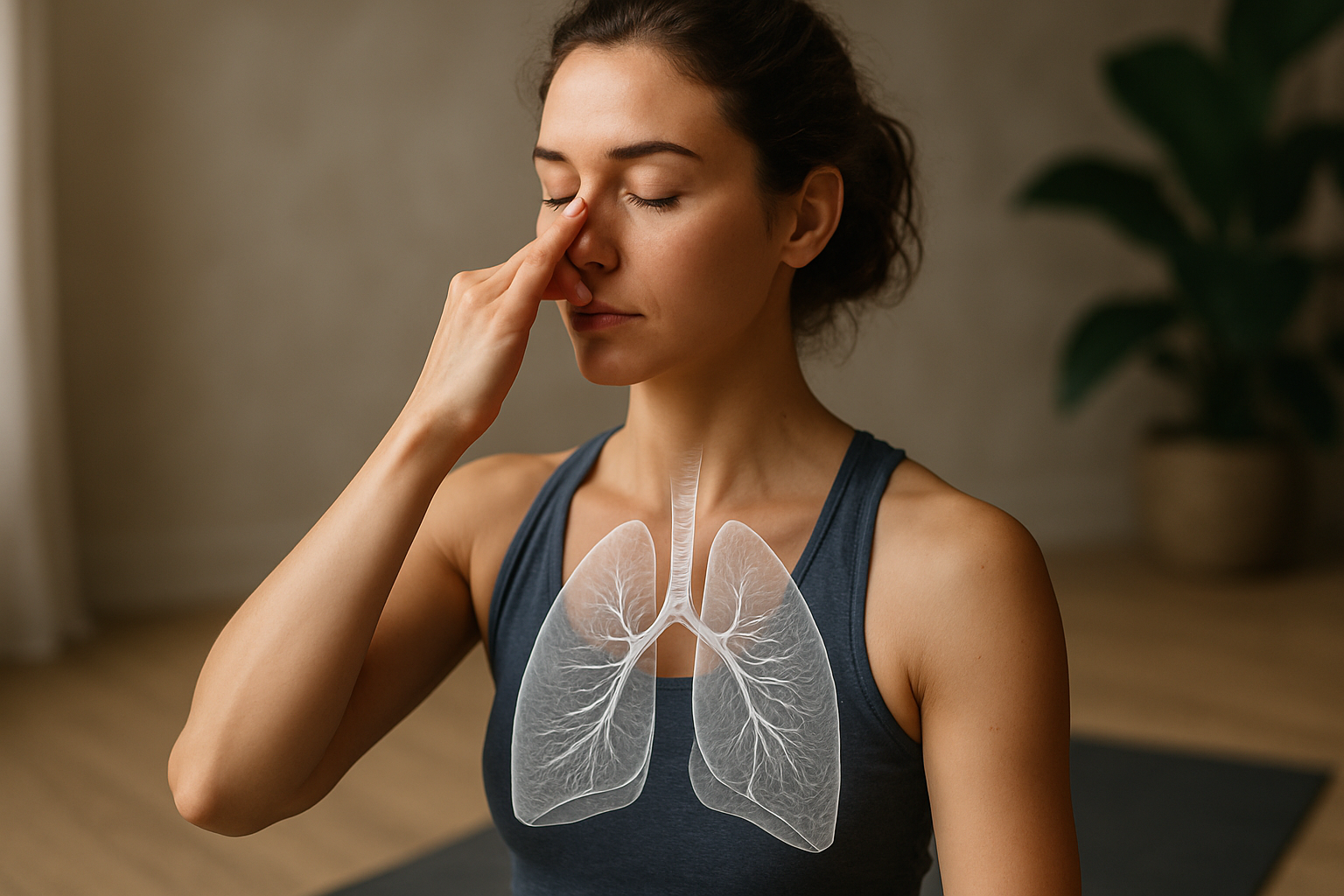Unraveling the Health Benefits of Pranayama: The Ancient Art of Breath Control
Introduction: Have you ever considered the power of your breath? As one of the most fundamental aspects of life, our breathing patterns can significantly impact our health and well-being. This article delves into the ancient practice of Pranayama, a form of yogic breath control, shedding light on its health benefits and scientific credibility.

The Origins and Evolution of Pranayama
Pranayama, a Sanskrit word meaning “extension of the prana (breath or life force),” is an integral part of yoga that focuses on controlling the breath. Originating in ancient India, it has been practiced for thousands of years as a method to achieve physical, mental, and spiritual well-being. Over time, scientific research has begun to validate the health benefits of this ancient practice, making it increasingly popular in the modern wellness landscape.
The Science Behind Pranayama
Pranayama involves various techniques that manipulate the breath, such as altering the length, depth, and rhythm of inhalations and exhalations. These techniques can influence the autonomic nervous system, which regulates bodily functions like heart rate and digestion. Research suggests that regular Pranayama practice can reduce stress, improve lung function, and enhance mental health.
Benefits of Pranayama: From Stress Reduction to Enhanced Cognitive Function
Pranayama’s benefits are vast and varied. Regular practice can help reduce stress and anxiety by activating the body’s relaxation response. It can also improve lung capacity and respiratory efficiency, which is particularly beneficial for those with respiratory conditions. Additionally, Pranayama can enhance cognitive function, improving concentration, memory, and mental clarity.
The Challenges and Credibility of Pranayama
While Pranayama offers numerous health benefits, it’s not without challenges. Learning to control the breath can be difficult, particularly for beginners. It’s also essential to practice correctly to avoid potential adverse effects, such as hyperventilation. However, with proper guidance and consistent practice, most people can safely and effectively incorporate Pranayama into their wellness routine.
Practical Tips for Incorporating Pranayama into Your Routine
-
Start with a simple technique: If you’re new to Pranayama, start with a simple technique like equal breathing (inhaling and exhaling for the same length of time).
-
Practice regularly: Consistency is key in Pranayama. Aim to practice for a few minutes each day, gradually increasing the duration as your comfort and skill improve.
-
Seek guidance: Consider seeking guidance from a qualified instructor to ensure you’re practicing correctly and safely.
In conclusion, Pranayama is a powerful and scientifically validated practice that can enhance physical and mental health. By learning to control the breath, we can tap into a potent tool for stress reduction, improved respiratory function, and enhanced cognitive performance. As with any wellness practice, it’s essential to approach Pranayama with patience, consistency, and proper guidance. So why not take a deep breath and give it a try?





